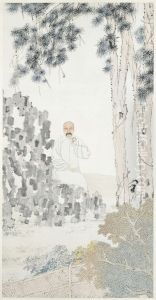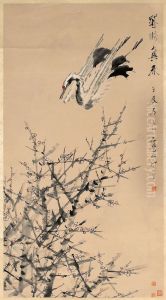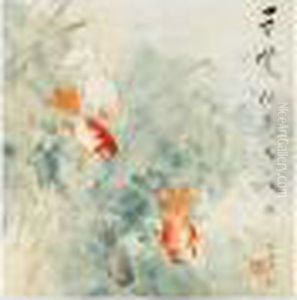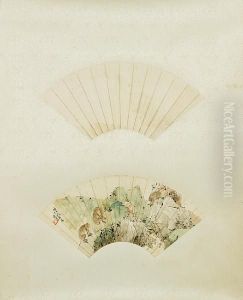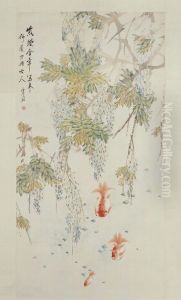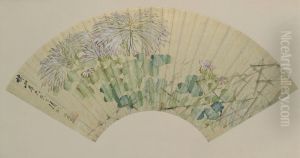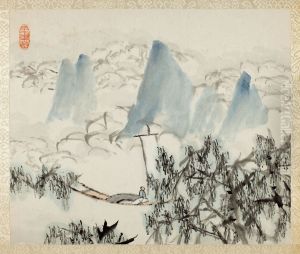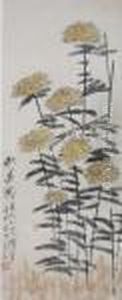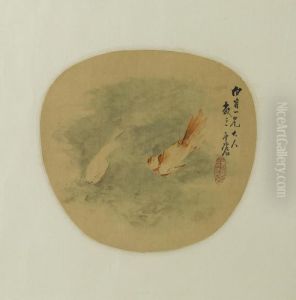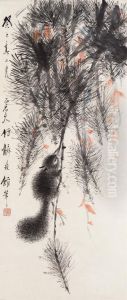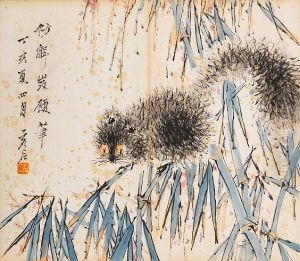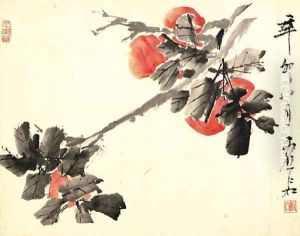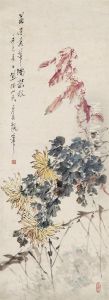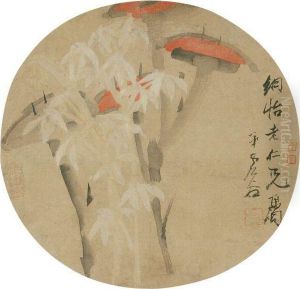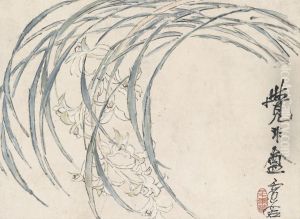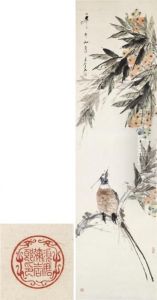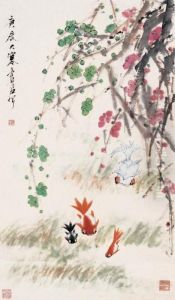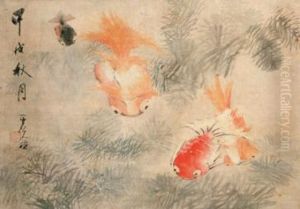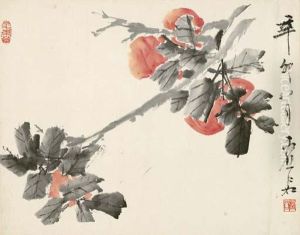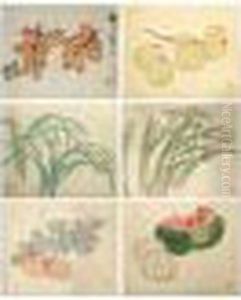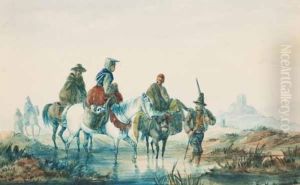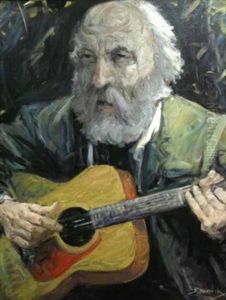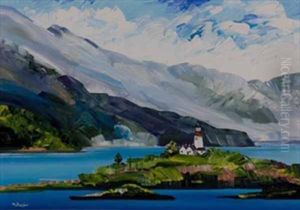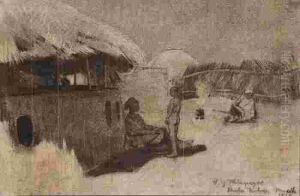Xu Gu Paintings
Xu Gu was a Chinese painter and calligrapher during the Qing Dynasty. Born in 1824 in the Jiangsu province, he is often associated with the Shanghai School of painting, a movement characterized by a combination of traditional Chinese painting techniques with Western influences, which emerged in the mid-19th century.
Xu Gu received a classical education in literature and the arts, which profoundly influenced his artistic style. He was well-versed in poetry and had a deep appreciation for the natural world, elements that frequently surfaced in his works. Xu's paintings often explored traditional subjects such as landscapes, flowers, and birds, but he imbued them with a fresh perspective and a sense of immediacy that reflected the dynamic changes of his time.
Throughout his career, Xu Gu maintained correspondence and friendships with other prominent artists and intellectuals. He was particularly known for his freehand brushwork, a technique that allowed him to create spontaneous and vivid expressions on paper or silk. His calligraphy also garnered him considerable acclaim, and he was recognized as a master of several script forms.
Xu Gu's contributions to the world of Chinese art were significant. He helped to bridge the gap between the classical styles of the Ming and early Qing dynasties and the more progressive approaches of the late Qing period. His works are characterized by a distinctive blend of traditional Chinese aesthetics with innovative compositions and techniques.
Xu Gu passed away in 1896, but his legacy continued to influence Chinese artists. Today, his paintings are held in high regard and can be found in numerous museum collections around the world. His approach to painting and calligraphy has inspired generations of artists, and his name is often mentioned alongside other great painters of the Shanghai School, such as Ren Xiong, Ren Yi, and Zhao Zhiqian.
